
Cloud migration, teleradiology and enhanced patient access to medical records could emerge as dominant trends in radiology this year.

Cloud migration, teleradiology and enhanced patient access to medical records could emerge as dominant trends in radiology this year.

In a simulated clinical workflow, researchers found the use of an artificial intelligence model significantly decreased the number of exams that required interpretation by a radiologist.
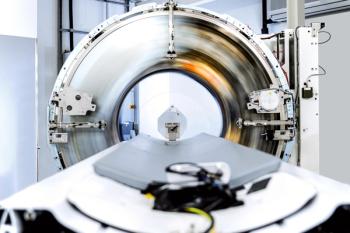
While current projections suggest a shortage of radiologists in the future, promising developments with radiology residency positions, medical student awareness of the field and AI-aided efficiencies could be game changers.

Emerging technology could provide key advances in pre-op planning and intraoperative management in endovascular surgery.
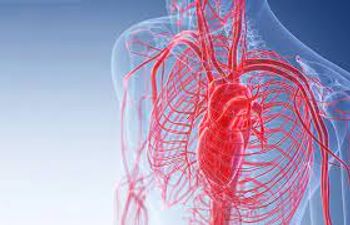
New research suggests an emerging machine learning model that combines findings from advanced imaging with clinical data may improve risk stratification in people with coronary artery disease.

Code for quantitative CT tissue characterization goes into effect on July 1.

Canon's latest entry into the PET/CT market is a digital, air-cooled system that provides customizable solutions for a range of clients.

Will this artificial intelligence technology improve diagnostic accuracy and reduce false positive biopsy orders?

Pertinent perspectives on emerging trends in radiology.

Technologies must be integrated with existing platforms and workflows, as well as demonstrate value.

Warning systems designed to streamline interpretation of screening mammograms may not benefit interpreting radiologists or patients, a new study suggests.
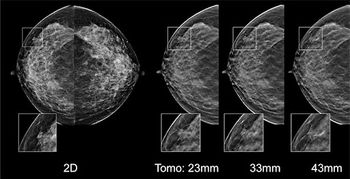
An artificial intelligence for digital breast tomosynthesis enhances radiologists’ performance and efficiency.
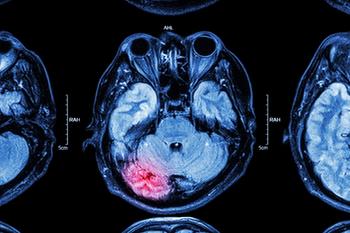
A deep learning model was developed to detect intracranial hemorrhage in computed tomography scans without medical annotation.
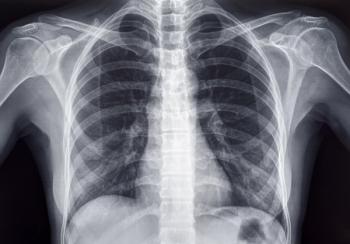
Deep learning models trained on a dataset lacking racial diversity could hinder the detection of pathology in underrepresented minority patients.

Artificial intelligence has been shown to be beneficial in the discovery of prognostic biomarkers for lung cancer diagnosis, treatment, and response evaluation.
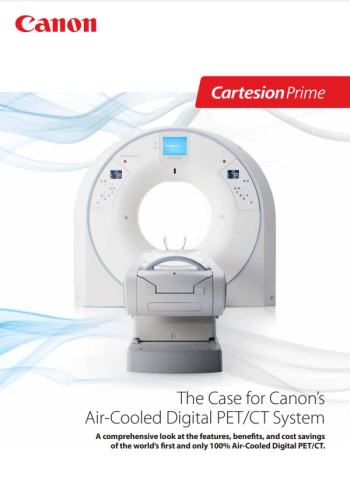

Training sets from different vendors may be required to ensure scanner-specific sensitivity.
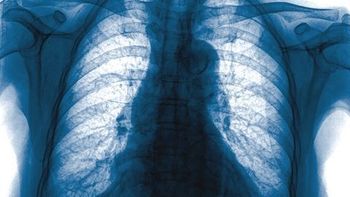
Both board-certified radiologists and radiology residents more appropriately suggested chest CT follow-up when using artificial intelligence with chest X-ray.

Announcement opens the 10th annual Brain Tumor Segmentation challenge.
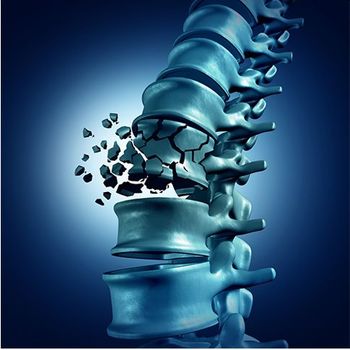
Code is for vertebral compression fracture detection with CT scans.

New deep learning tool is designed to help radiologists evaluate chest X-rays regardless of where they work.

Combination also leads to a reduction in the false-negative rate.

Using a deep learning tool slices reading time by nearly 75 percent and makes disease identification easier.

American College of Radiology introduces website that offers guidance and resources for the use of artificial intelligence.
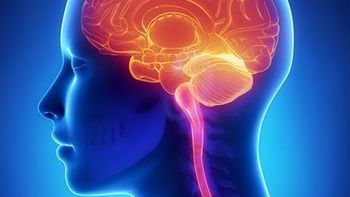
A deep learning algorithm used with brain MRI could help providers identify patients in the early stages of cognitive decline and Alzheimer’s.